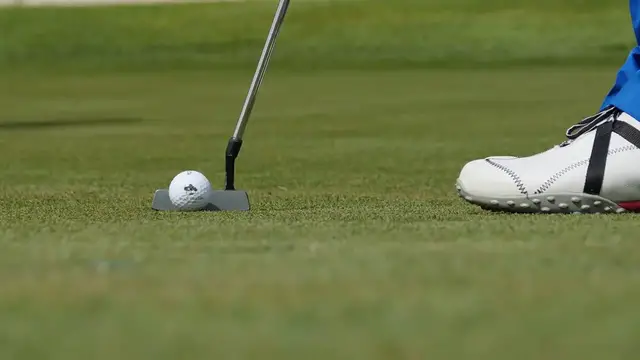
Scottie Scheffler Swing Analysis & Tips for Improvement
Dec 29, 2024
Scottie Scheffler Swing Analysis & Tips for Improvement
Scottie Scheffler, the 2022 Masters Champion and World No. 1 golfer, is known for his powerful yet controlled swing that has consistently placed him at the top of leaderboards. His swing is a combination of fluidity, precision, and athleticism. In this article, we’ll break down the key elements of Scheffler’s swing and offer tips on how to improve your own game.
1. Setup and Posture
One of the hallmarks of Scottie Scheffler’s swing is his athletic posture. He stands tall with his feet shoulder-width apart, maintaining a slight bend in the knees. His spine angle is dynamic, allowing him to rotate freely through the swing.
Tip for Improvement: To emulate Scheffler’s setup, focus on a balanced stance with your weight evenly distributed across your feet. Avoid leaning too far forward or backward, as this will affect your swing path and timing. Keep your head relatively still and your back straight, allowing for natural rotation during the swing.
2. Takeaway
Scheffler’s takeaway is smooth and one of the keys to his consistency. He starts the swing by turning his shoulders rather than lifting his arms. This creates a strong connection with the body, helping him maintain control as he progresses through the swing.
Tip for Improvement: To improve your takeaway, focus on keeping the hands and arms in sync with the body. Try to rotate your upper body, using your shoulders to initiate the movement, while maintaining a relaxed grip on the club. Avoid lifting the club with your hands or arms, as this can lead to inconsistency and a steep swing plane.
3. Backswing
As Scheffler moves into the backswing, he maintains a wide arc with his arms and hands. His hips rotate and shift slightly, creating tension and coil in his body. His left arm stays relatively straight, which allows him to generate power as he moves into the downswing.
Tip for Improvement: Focus on a smooth and controlled backswing, avoiding over-rotation of the wrists. Keep your lead arm straight while allowing your body to rotate. This helps build the necessary tension for a powerful downswing. Remember, it's important not to overdo it—staying in control is key.
4. Transition
Show More Show Less #Sports
